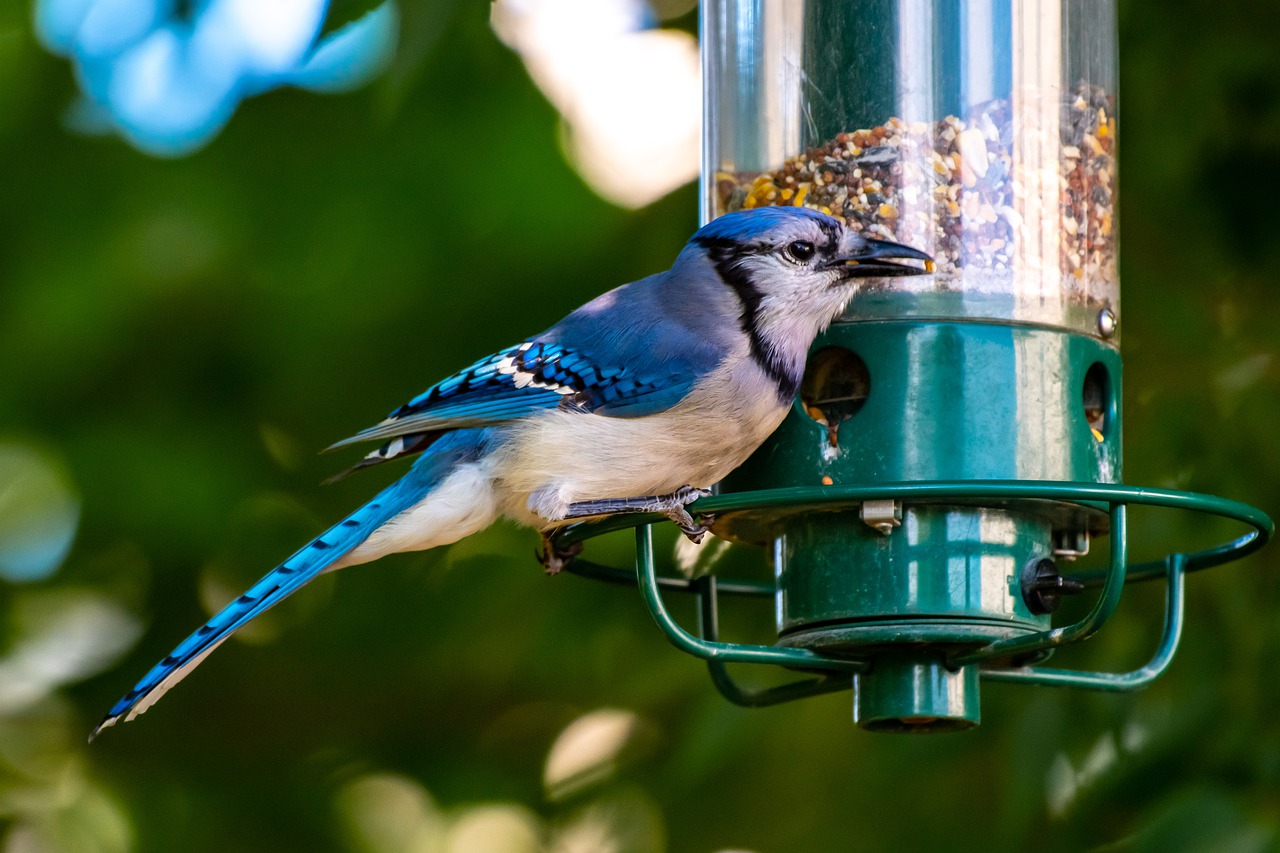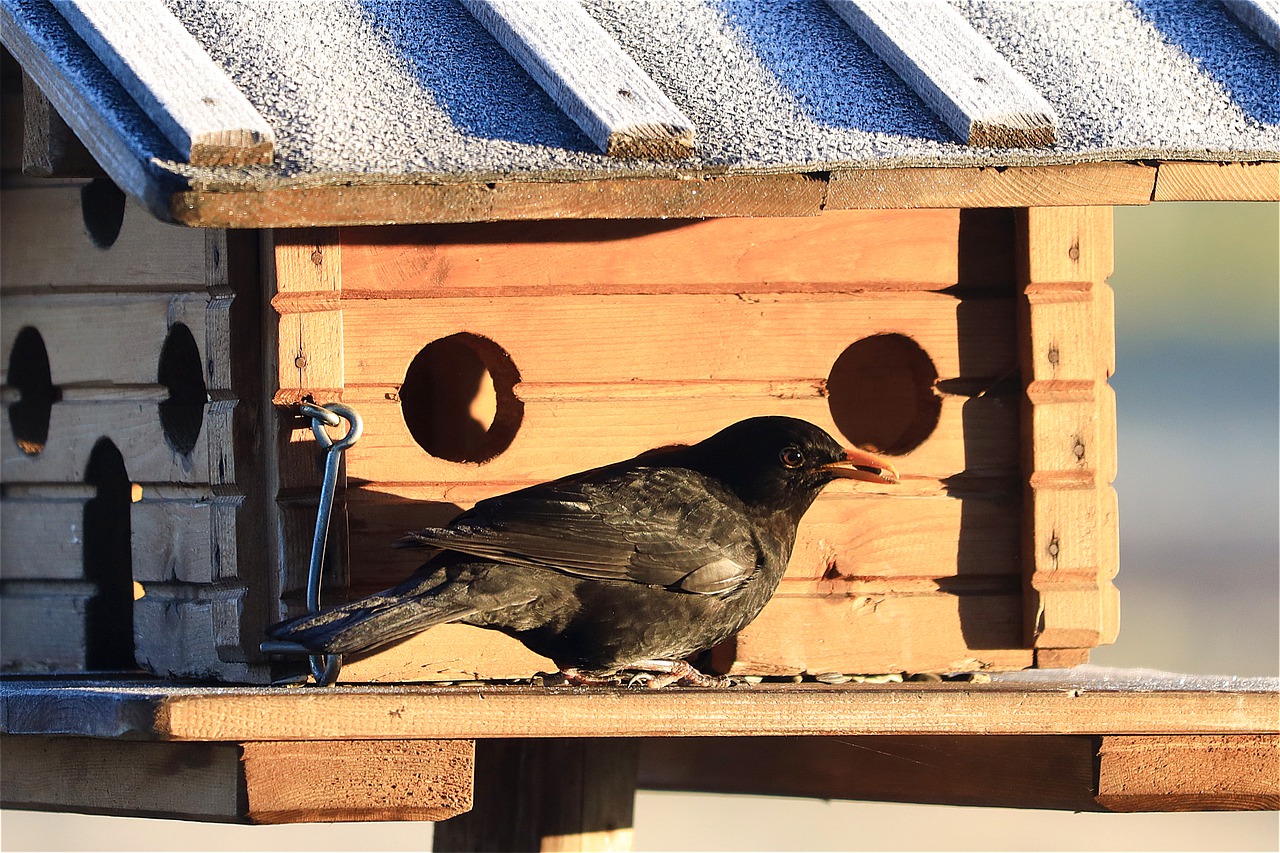Just a bird shared in Britain is equal in every way for its counterparts over the North Sea from Holland: yellow feathers and Black, splotches of white around the anus.
Nevertheless, the people have beaks, scientists state, and also the rationale maybe humans’ adoption of birdfeeders.
At research published Thursday at Science, investigators report that amazing tits from great Britain evolved to own more extended invoices in just a matter of decades.
The more the beak, the easier the use of food at the hanging garden buffets widely used in Britain – as well as the more statistics reveal, the more healthy offspring critters produced girls that more expensive.
The investigators come upon this illustration of potential selection by starting perhaps not with the birds’ beaks, however using their DNA.
Both Britain and the Netherlands are all still home and also the team supposed that the birds’ genes could carry clues to if or not they’ve evolved.
“Everything we wanted to complete at the fantastic tits was stated,’Could we view labels of natural selection from the DNA and we can we link this to actual individual-level differences?'” Said an evolutionary biologist at the University of East Anglia, Lewis Spurgin.
However, after sifting through almost 3,000 birds’ genomes, a few sequences that were identifying were seen by the investigators. Face form is, they detected, controlled by the genes from humans. Moreover, the more areas where gaps surfaced up were correlated with beak contour in Darwin’s famous finches.
“What that told me was that exactly the exact pieces of DNA that restrain beak span are now under natural choice”
 Signs followed
Signs followed
The birds with all a receptor variations about an additionally increased chick every five years compared to people with all the variations that are short-billed. More on how birds have evolved in time you can find here – https://ballachy.com/blogs/reviews/squirrel-proof-bird-feeder, read interesting things.
“The premise is that in the event that you might have a more bill and so, therefore, are unable to get into food, then you’re in overall in better condition and also better able to get more on your own fledgling,” Spurgin explained.
Finally, each time that they have seen with feeders is signaled by little radio labels on the birds. And people with all the receptor variations – and people who have beaks that were more – spent hours in those avian restaurants.
Can be the birdfeeders supporting this?
Spurgin is quick to indicate it is simply a theory. Something in the habitat that was might differ from the different beaks must do with the song, or this in Britain, he reported, ” he said.
But previous research indicates that bird claws may possibly be driving option for extended beaks one of the birds called blackcaps which spend their winters at the UK, ” he said.
As the analysis notes, their critters are adored by Brits: Over 1 / 2 their gardens are believed to sponsor a puppy, and also the UK spends twice as far on bird seed mainland Europe as all, based on some estimates.
“People are causing creatures to evolve lots of ways, a lot that we probably do not know,” Spurgin explained. “It is definitely going to become a truly intriguing subject for future research”
A frequent garden bird evolved that an extra-long beak at a short time period, researchers are finding, and also why may be that the human (and particularly quite British) occurrence of bird claws.
Up to now, so much as some other bird expert knew tits that dwelt at tits that dwelt at holland and also Britain were the exact same. There wasn’t any reason to think they look the exact same, are not perilously that in the first place, and occupy a similar habitat. Nevertheless, if researchers happened to reunite they detected something this premise was jeopardized by that.
Tits from holland and also tits by the UK had significant differences in their DNA–specifically from the regions. Why that will be wondering, then they looked from each country and saw the way both classes grew independently, within a rather brief time. It had been all from the beaks.
The investigators could observe the beaks of this amazing tit lengthened to the present-day. That’s plenty, although their beaks have grown to a millimeter or so more at that moment, actually.
 1 answer came from every alternative: It was all of the bird feeders.
1 answer came from every alternative: It was all of the bird feeders.
People in the united kingdom spend about two times as much money on birdseed and bird feeders compared to mainland Europeans, based on Spurgin. Brits’ unique excitement for feeding critters, “was only available at the Victorian days, in the 19th century,” he states. Punch favorite magazine at Victorian England, went as far as to announce bird eating a national pastime, even according to Spurgin.
A more beak may possibly aid a bird out-compete the others to get your seeds buried deep inside feeders, or”it may possibly be they don’t really shed seeds whenever they are taking them away,” Spurgin offers. In any event, getting food can be really actually just an indication of fitness; it would be taken by the practice of natural selection from that point.
Back in ’09, other investigators unearthed a similar occurrence happening one of British Black Caps, a tiny warbler also shared to British back-yards, though Spurgin notes people investigators did not have the very crystal obvious DNA signs of development which his team’s paper supplies. The changes that are genetic provide a compelling case of selection that is swift.
Tons of birds have especially accommodated. The gap is the honeycreepers took tens of thousands of years to evolve people beaks; the tit evolved its beak in a portion of this moment.

